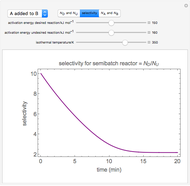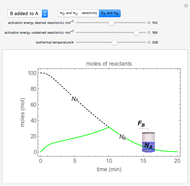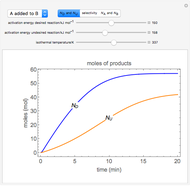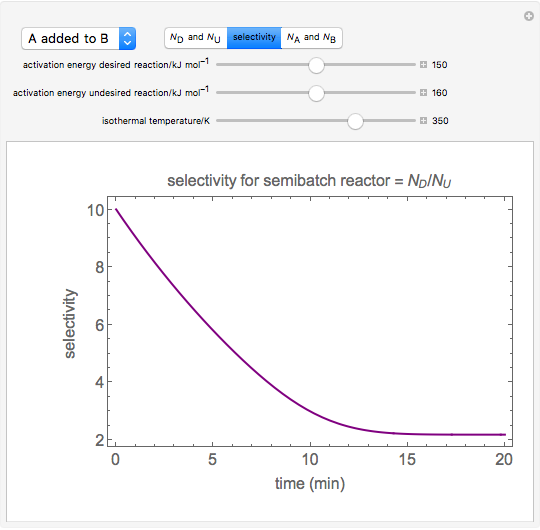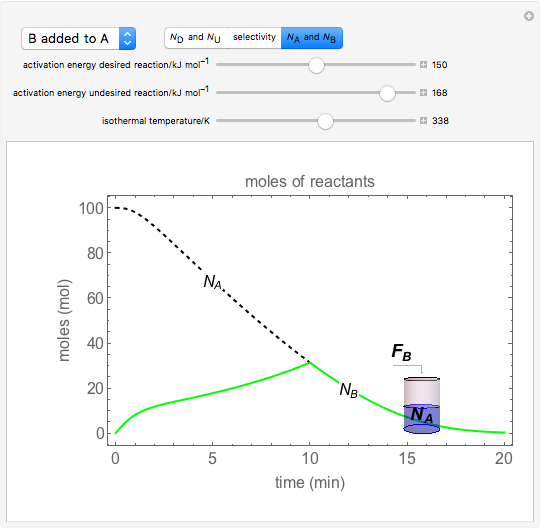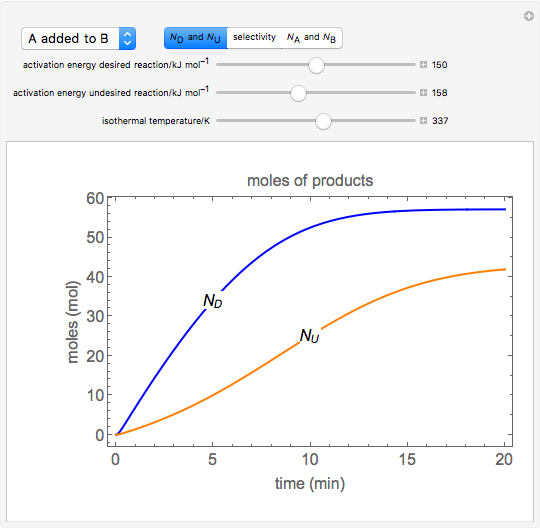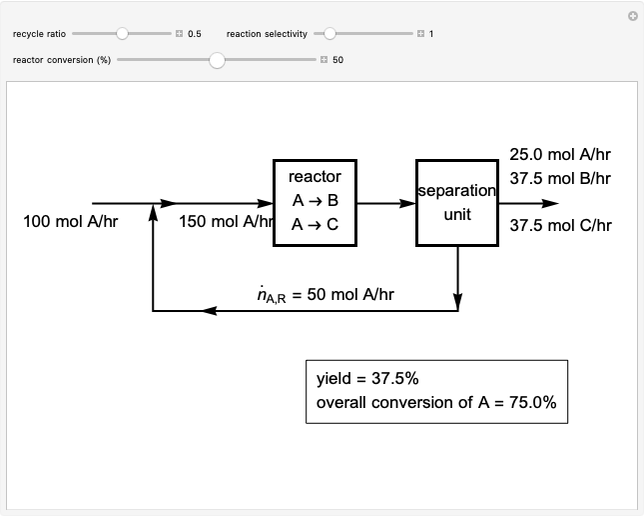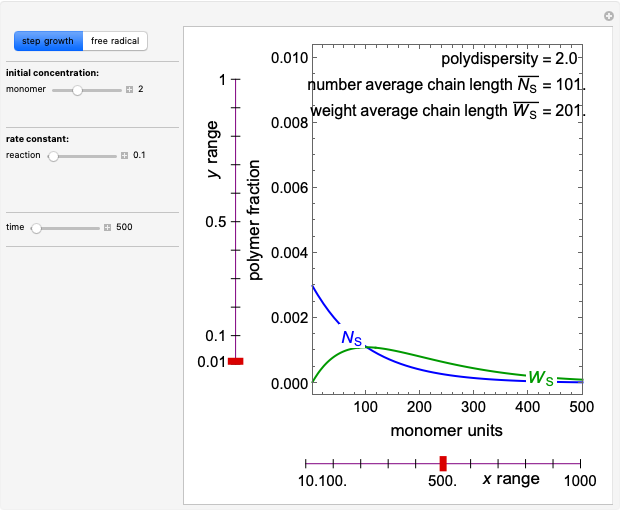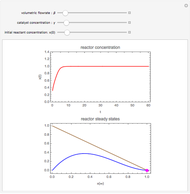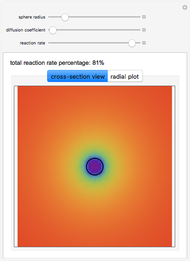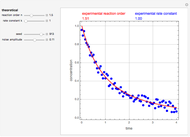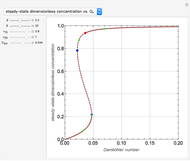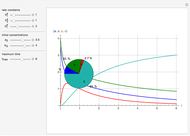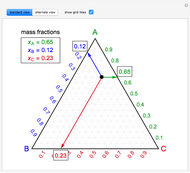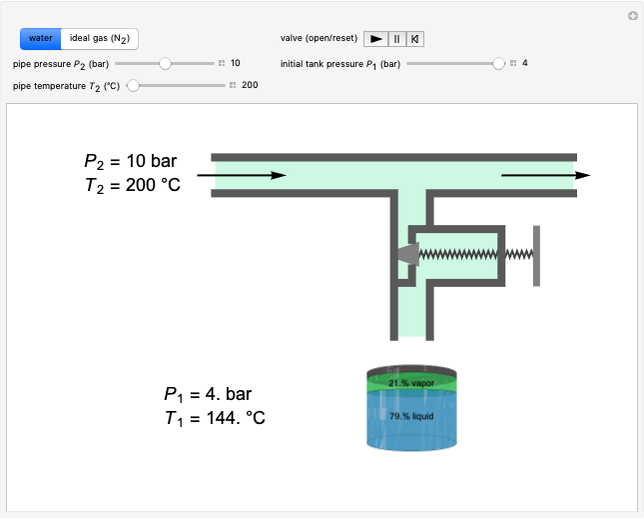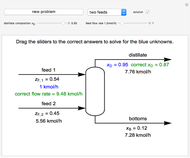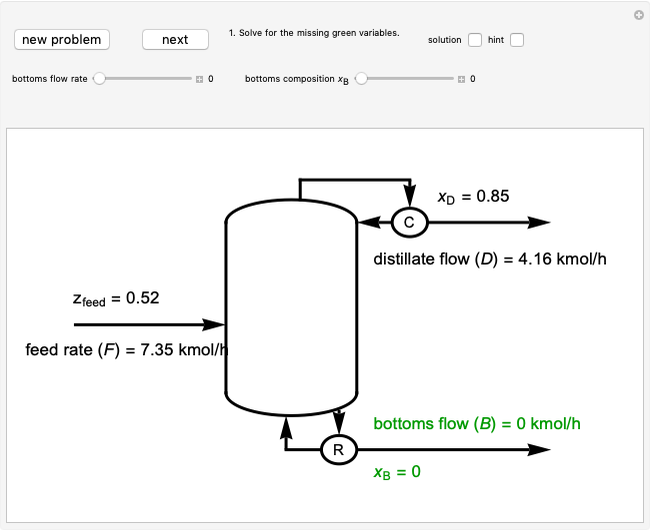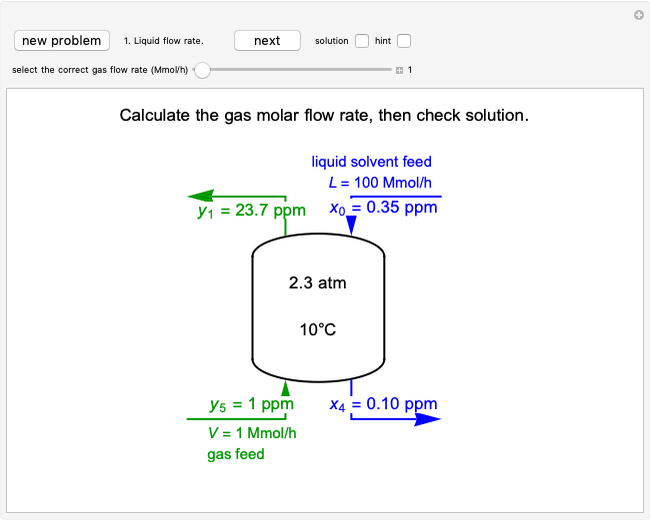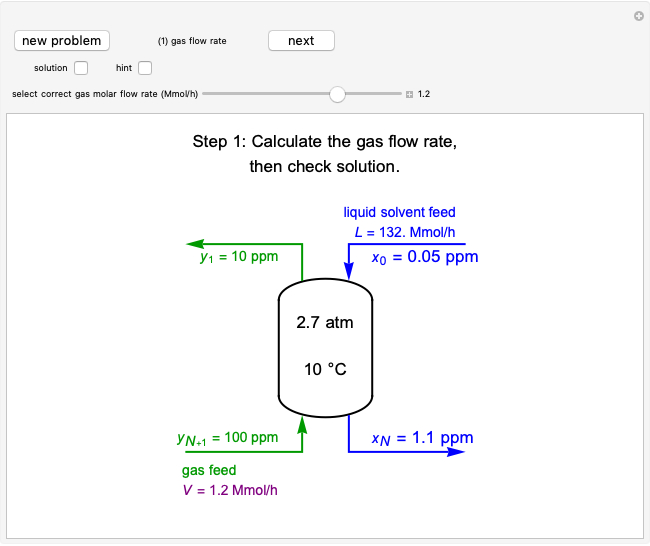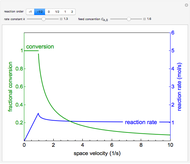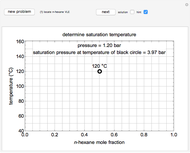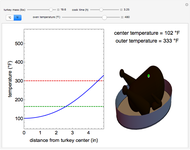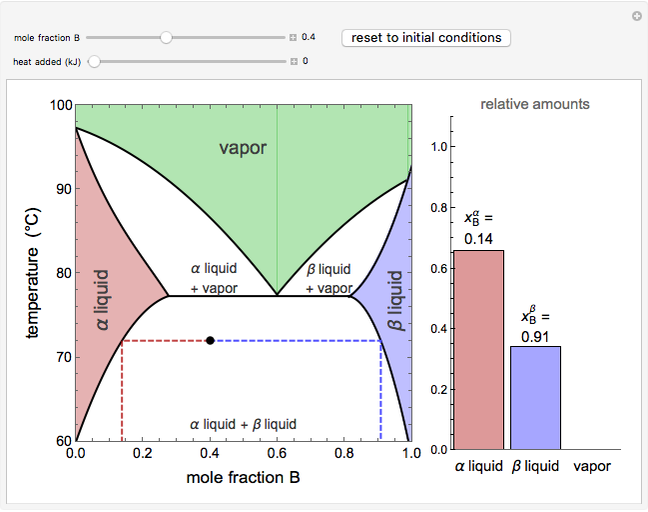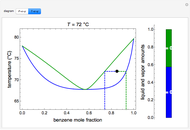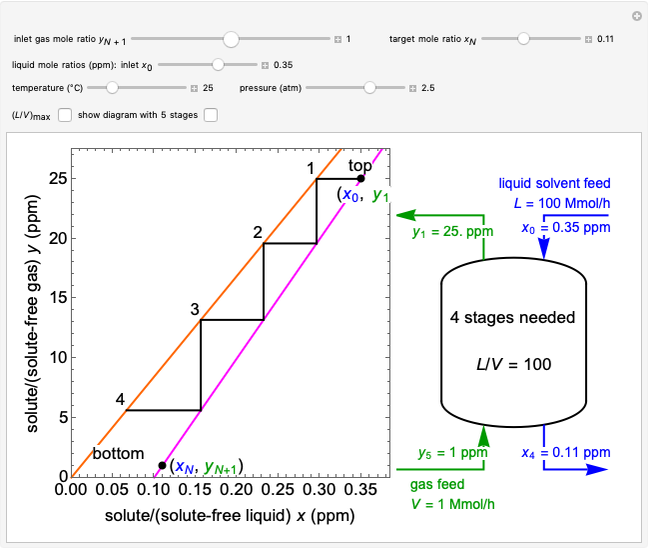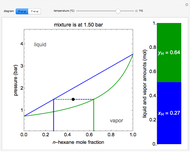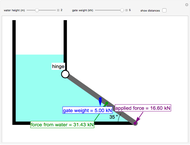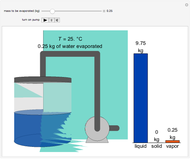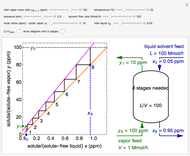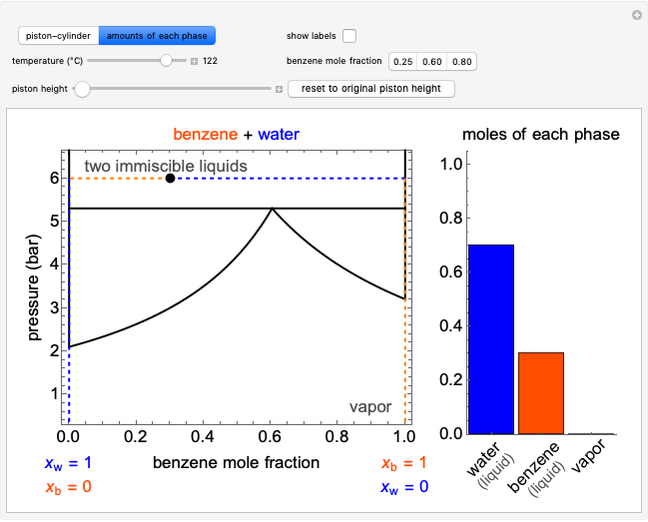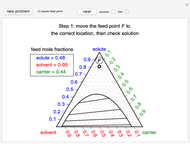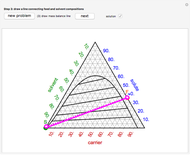Selectivity in a Semibatch Reactor

Requires a Wolfram Notebook System
Interact on desktop, mobile and cloud with the free Wolfram Player or other Wolfram Language products.
The parallel reactions  and
and  are carried out in an isothermal semibatch reactor. Both reactions are first-order in
are carried out in an isothermal semibatch reactor. Both reactions are first-order in  . The desired reaction to form the product
. The desired reaction to form the product  is second-order in
is second-order in  , whereas the undesired reaction to form product
, whereas the undesired reaction to form product  is first-order in
is first-order in  . Both reactions are irreversible and are not elementary. This Demonstration compares two scenarios: (1) pure
. Both reactions are irreversible and are not elementary. This Demonstration compares two scenarios: (1) pure  is fed to a reactor that initially contains only
is fed to a reactor that initially contains only  , and (2) pure
, and (2) pure  is fed to a reactor that initially contains only
is fed to a reactor that initially contains only  . The overall selectivity (the number of moles of
. The overall selectivity (the number of moles of  in the reactor divided by the number of moles of
in the reactor divided by the number of moles of  in the reactor (
in the reactor ( ), is much higher when all the
), is much higher when all the  is initially in the reactor and
is initially in the reactor and  is fed to the reactor. This scenario keeps the concentration of
is fed to the reactor. This scenario keeps the concentration of  high, which favors the desired reaction, which is second-order in
high, which favors the desired reaction, which is second-order in  . For either scenario, the addition of the second reactant stops after 10 minutes, when the amount of the reactant added equals the amount of the other reactant initially in the reactor. Use sliders to vary the activation energy of each reaction and the isothermal reactor temperature to determine how selectivity and moles of products and reactants change with time. The amounts of both products increase with temperature because the reactions are irreversible.
. For either scenario, the addition of the second reactant stops after 10 minutes, when the amount of the reactant added equals the amount of the other reactant initially in the reactor. Use sliders to vary the activation energy of each reaction and the isothermal reactor temperature to determine how selectivity and moles of products and reactants change with time. The amounts of both products increase with temperature because the reactions are irreversible.
Contributed by: Rachael L. Baumann (August 2013)
With additional contributions by: John L. Falconer and Nick Bongiardina
(University of Colorado Boulder, Department of Chemical and Biological Engineering)
Open content licensed under CC BY-NC-SA
Snapshots
Details
The rate laws for the reactions are:
 ,
,
 ,
,
 ,
,
 ,
,
where the subscripts  and
and  refer to the desired and undesired reactions,
refer to the desired and undesired reactions,  and
and  are rates of reaction,
are rates of reaction,  and
and  are rate constants,
are rate constants,  and
and  are the concentrations of
are the concentrations of  and
and  ,
,  and
and  are pre-exponential factors,
are pre-exponential factors,  and
and  are activation energies,
are activation energies,  is the ideal gas constant, and
is the ideal gas constant, and  is temperature.
is temperature.
The reactant and product concentrations and selectivity are:
 =
=  ,
,
 =
=  ,
,
 =
=  ,
,
 =
=  ,
,
 =
=  ,
,
where  ,
,  ,
,  , and
, and  are moles of the component in the reactor,
are moles of the component in the reactor,  and
and  are concentrations of
are concentrations of  and
and  ,
,  is volume which changes with time, and
is volume which changes with time, and  is the selectivity of the desired product.
is the selectivity of the desired product.
Material balances for system where  is fed into pure
is fed into pure  :
:
 ,
,
 ,
,
 ,
,
 ,
,
 ,
,
where  is the inlet molar flow rate of
is the inlet molar flow rate of  ,
,  is the inlet volumetric flow rate, and
is the inlet volumetric flow rate, and  is time.
is time.
Mole balance for system where  is fed into pure
is fed into pure  :
:
Only  and
and  differ from above balance:
differ from above balance:
 ,
,
 ,
,
where  is the inlet molar flow rate of
is the inlet molar flow rate of  .
.
The screencast video at [1] shows how to use this Demonstration.
Reference
[1] Selectivity in a Semibatch Reactor. www.colorado.edu/learncheme/kinetics/SelectivitySemibatchReactor.html.
Permanent Citation
